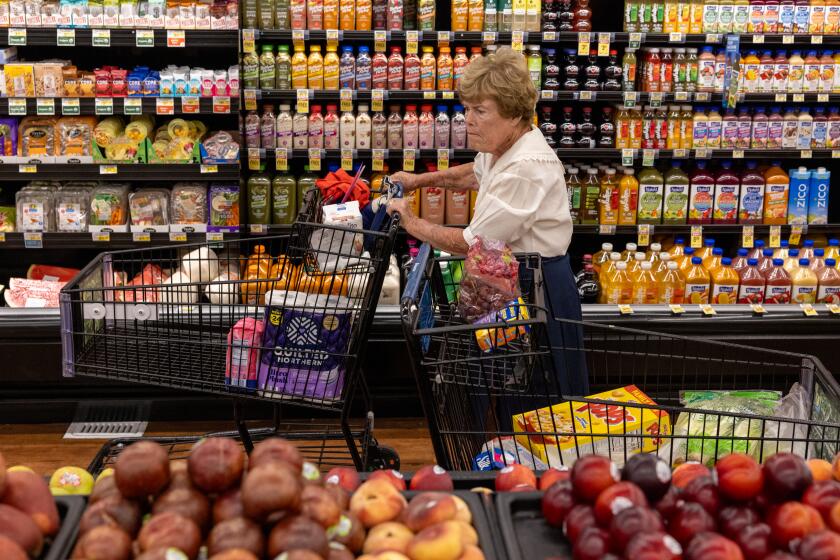(Sean Dong/For The Times)
- Share via
The company sold balls that could bounce over houses, flying discs that looked like UFOs, flexible foam boards for beach acrobatics and a slippery water slide that somehow worked on lawns. But for one 11-year-old boy, playing with these toys was not enough. He needed to know more.
When school was out, Todd Richards and a friend would bike over to the Wham-O factory in Pasadena, which churned out those toys and a lot more. There, he went on dumpster-dive treasure hunts.
“We’d find all kinds of cool stuff,” Richards said. “Tubing that would stretch from one side of the parking lot to the other, toys that were maybe prototypes and we’d just try to piece them together. Once in a while we’d see if we could sneak inside the building, and the security guys would be chasing us back outside.”
These days, Richards is still going to the Wham-O building, which is now in Carson, but he no longer has to sneak inside the place. Richards is president of the 75-year-old company’s U.S. operations, a fact that he sometimes still finds a bit hard to believe.
“You’ve got to be kidding me,” was Richards’ initial response when he was offered the post in 2015 as new owners were preparing to take over. “I’ve been playing with Frisbees, and I’ve been using their boogie boards my whole life. They told me I was the perfect guy for it.”
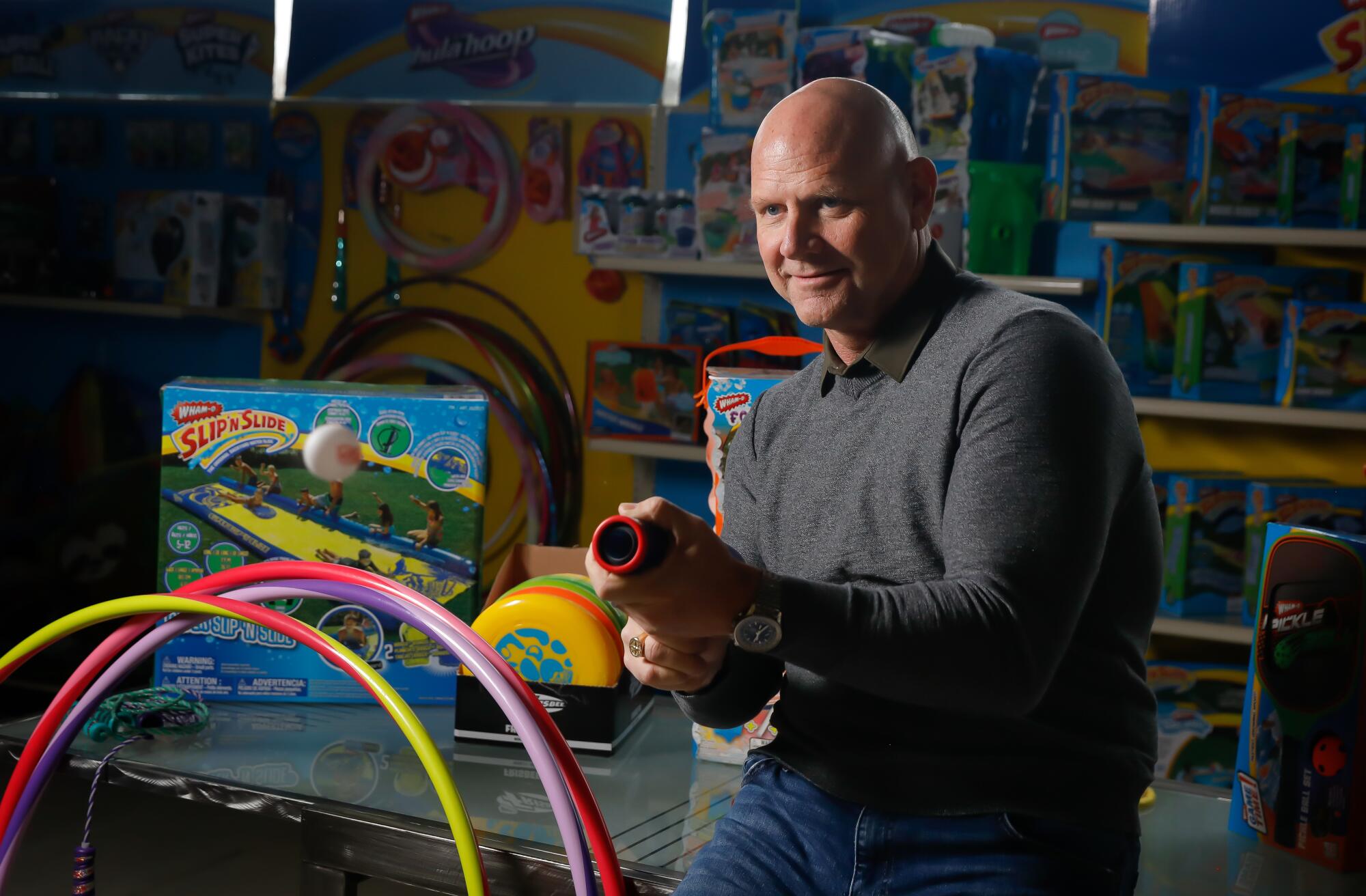
But what Richards could not have known at the time was just how difficult his dream job would be. After five domestic and foreign ownership changes since the company’s 1948 beginnings, Wham-O had become a shell of its old self.
Wham-O salespeople couldn’t get meetings with buyers because their company was considered old news. And even when stores wanted Wham-O toys on their shelves, they too often simply weren’t delivered, Richards said.
He started making peppermint castile soap in his Pershing Square tenement in 1948. Here’s the very California story of the man, the cultish product and the progressive company.
Now, after rebuilding relationships, fixing its supply chain and reconnecting with retailers, Wham-O is making a push for relevance in its 75th year.
It’s bringing together a mix of familiar toys and new ideas, such as a foldable e-bike. There will be a drought-friendly Slip ’N Slide that doesn’t require water.
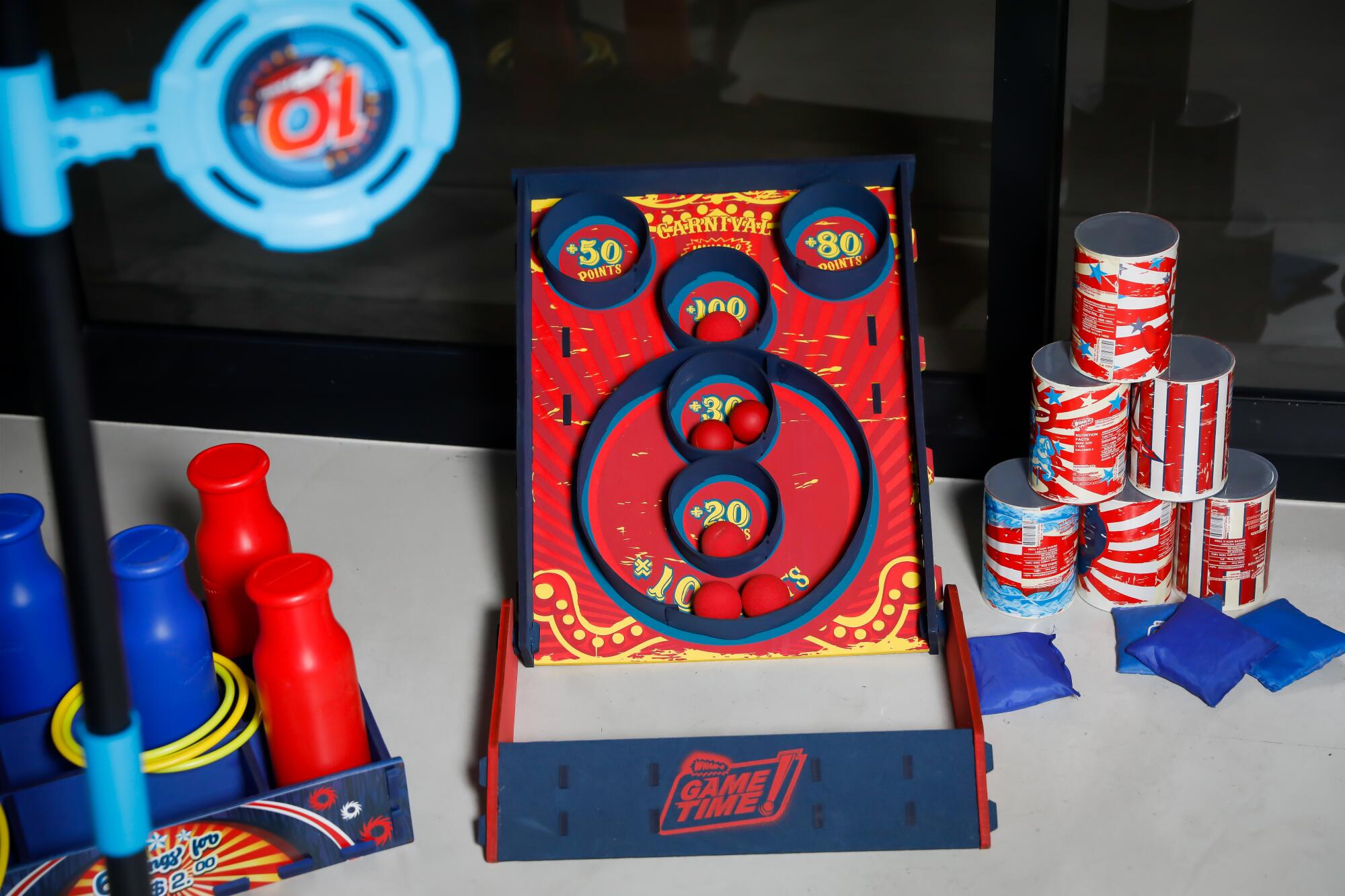
The company is working with artists to use Frisbees as canvas to increase the collectability quotient. And Wham-O is tapping into the lucrative pet market with items including a Super Ball that is more chew resistant and has ridges so that it bounces unpredictably.
“What was unique about Wham-O is that we made products that became toy categories of their own. We want to do that again,” Richards said.
In an age of increased isolation and loneliness, some Americans see skipping self-checkout as a path toward connection.
It all began when boyhood friends and USC graduates Richard Knerr and Arthur “Spud” Melin began making wooden slingshots in Knerr’s parents’ South Pasadena garage, naming the company after the sound the projectile made when it hit its target, according to the company’s online “Fun Facts about Wham-O.”
The Wham-O factory wasn’t run like a traditional business, said Chuck Knerr, Richard Knerr’s son. The place was part clubhouse, part serious science, and employees needed to stay alert, lest they get whacked by something flying across the aisles.
Chuck Knerr, his sisters and friends frequently visited the factory and even sat in on business meetings. Children were integral because they helped test products and sell them through word of mouth, he said.
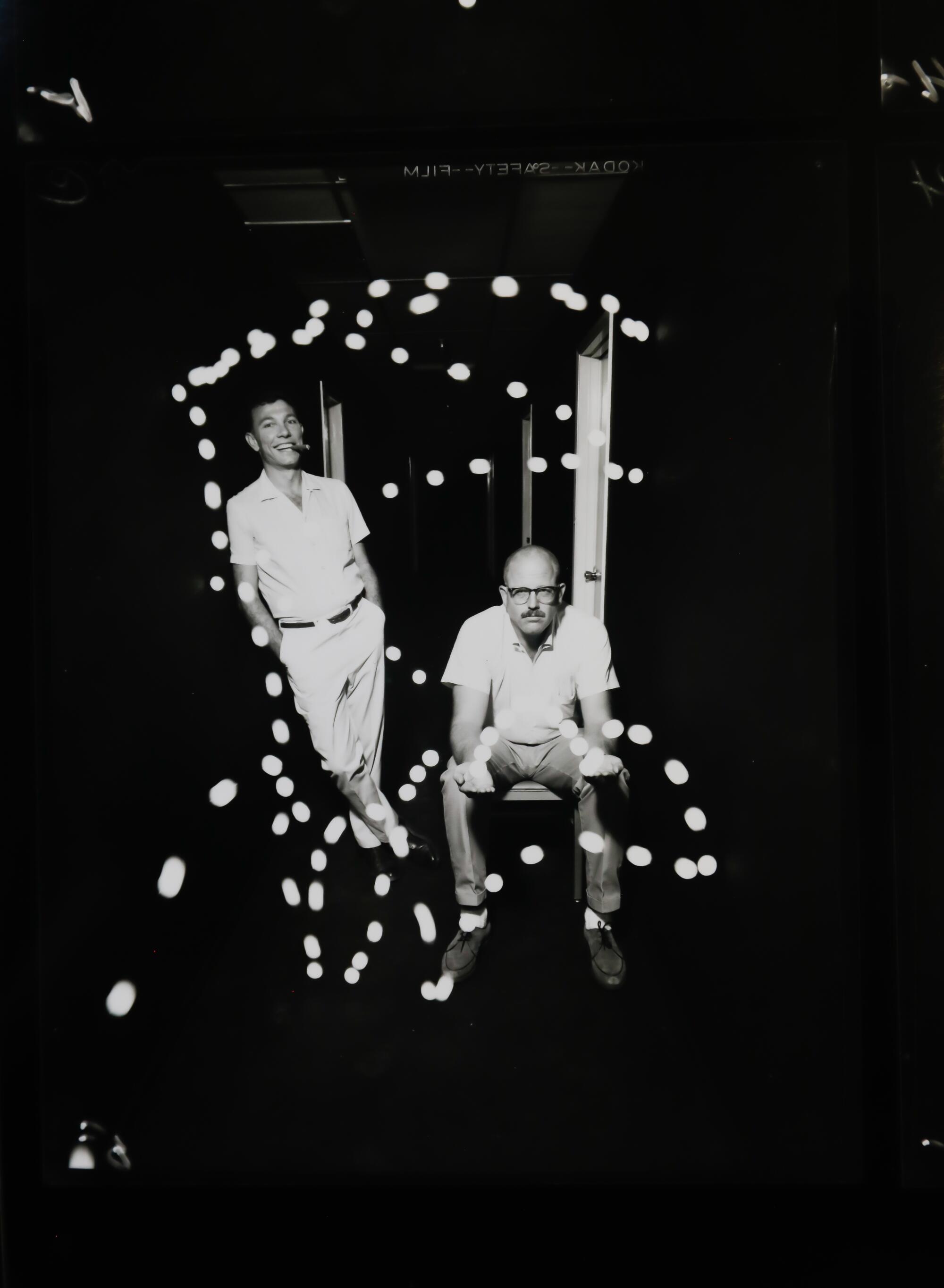
“They called it the Fun Factory. My dad and his partner, Spud, really were still children themselves in many respects,” Knerr said. “They played with everything they made, and that was part of why they were good at it.”
Low prices were a big factor in the company’s success, said toy designer Tim Walsh, who wrote “Super Book,” about Wham-O’s history.
“Just a buck would get you a Super Ball, which was a big deal when I was a kid,” said Walsh, whose book details some of the oddities Wham-O peddled over the years, including a $179 “patio style bomb fallout shelter cover” made of concrete and reinforced steel that came with the Cold War sales pitch: “40 Million May Die. How About You.” It was a flop, maybe because folks just couldn’t see trusting a toy company for their Armageddon protection.
“They were constantly looking for the next big thing,” Walsh said. “Man, there are some really lame things that didn’t work, but the hits afforded them the luxury of trying to do other things.”
There’s still a taste of experimentation and the be-wary-of-flying-objects feel, particularly in the office of product development chief David Huang, which looks like a combination of a design studio and cluttered toy store. It’s Huang’s job to convince retailers that Wham-O has innovations on the way and isn’t just pushing its legacy stuff.
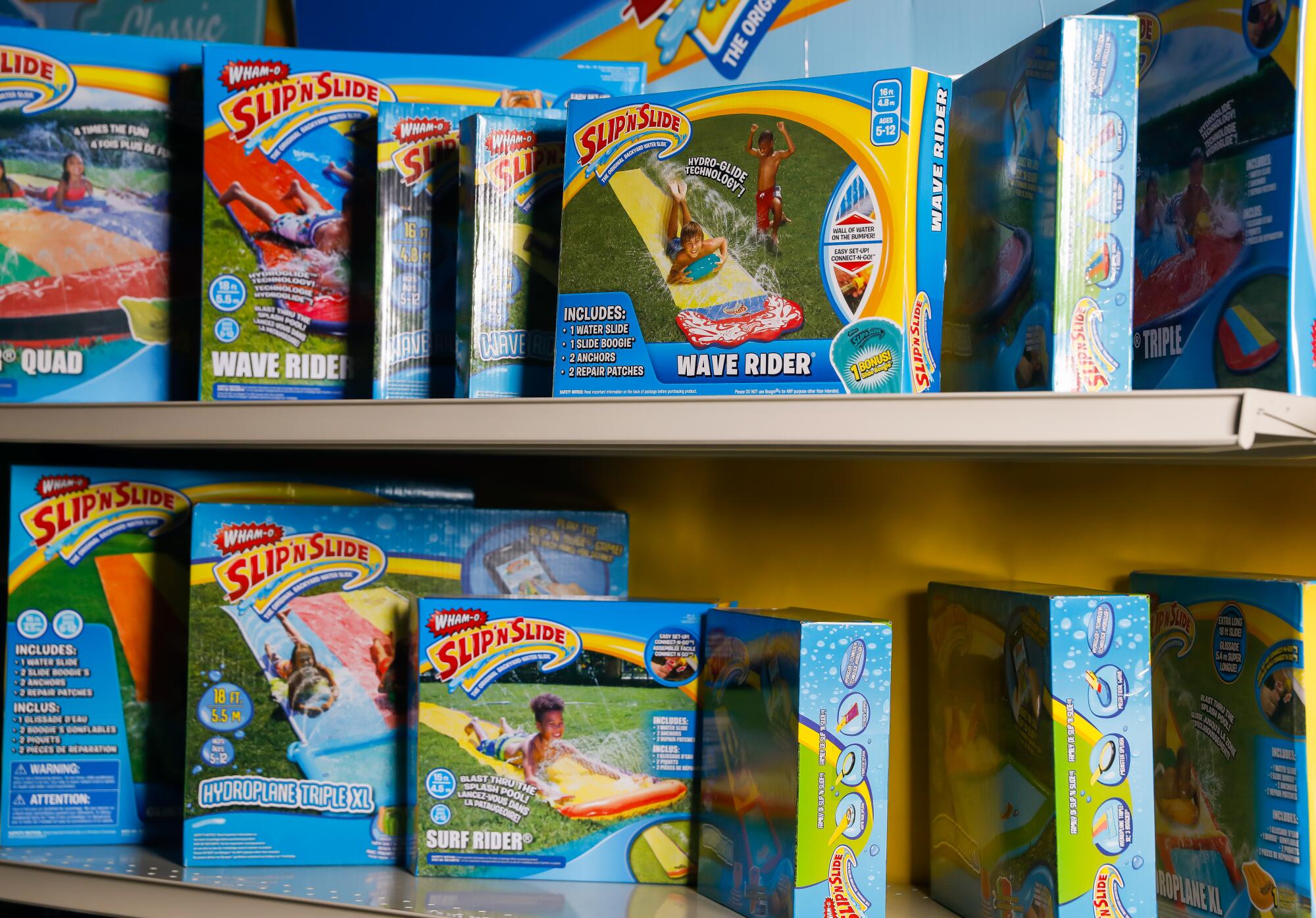
He searches through shelves of toys for a prototype that will be released in the coming months: a line dubbed Fundamentals, including one that is part excavation toy and part puzzle, designed to present children with a mystery. Best of all, no parental involvement is required.
“Their kids are using it and the parents know, for the next two hours, they have a little break,” Huang said.
Another in the works is the Slip ’N Slide that doesn’t require water, in a nod to California’s tendency to drought.
“Without water, you slide as easily as with a regular version, but with water it’s 30% more slippery,” Huang said, keeping mum on exactly how a water slide without water works. “We’re not going to stop selling our older Slip ’N Slides, but we have to offer alternatives to people that use less water.”
A collaboration with toy maker Jazwares is creating pet toys such as balls, discs, tug toys and plush and other items. The toys have been picked up by PetSmart and is available elsewhere online.
Richards said he’s been encouraging a return to the early days when scientists, chemists and regular people would come to the Fun Factory to present their ideas. The Slip ’N Slide was invented by an upholsterer who came up with the idea of a slide for lawns using streams of water across a long Naugahyde (now vinyl) strip.
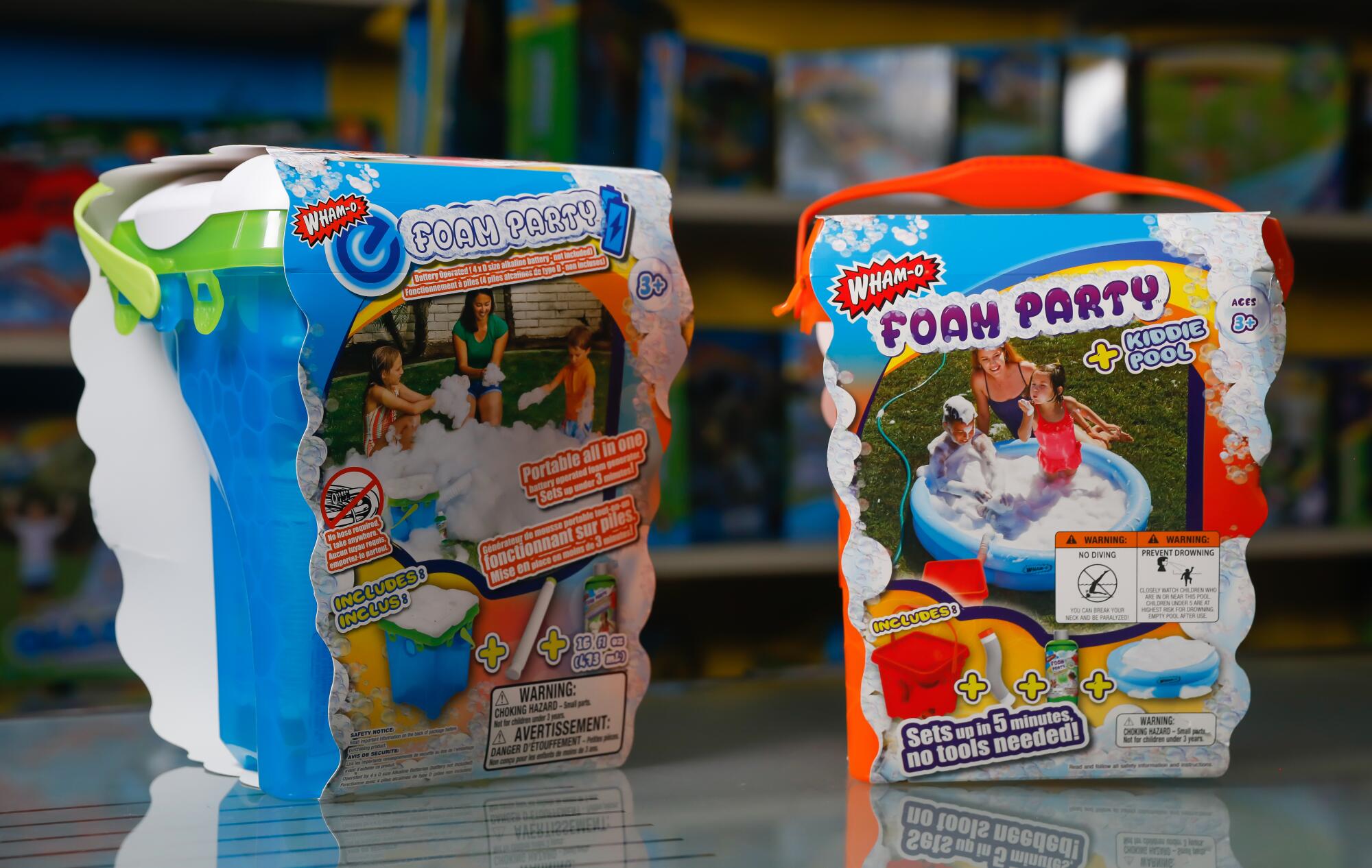
A more recent brainstorm came from an Ohio father trying to find something simple and inexpensive to entertain his two daughters. The result: the Wham-O Foam Party, released in 2020, which comes with a bucket, nontoxic solution and the label’s promise of “up to 1.5 hours of foamy fun” with a bit of water added.
“We probably entertain eight to 10 product submissions a month,” Richards said. “We get unsolicited phone calls, emails, and we’ve literally had people just show up and knock on our door.”
In December, Wham-O took a page from the founders’ adventurous product development playbook when it unveiled the Zectron electric bike, which the company says can travel up to 150 miles per charge (with an optional external battery pack) and fold up small enough to fit in a car trunk. The company is launching the bike through Indiegogo, where it starts at about $1,200.
Another new approach in the works: a collaboration slated for next year called the Studio Frisbee Collection, featuring the work of notable and up-and-coming artists on the ever-popular flying discs.
“Maybe we’ll be able to tap into that whole collectors group movement, the people who like to collect all of these different artists in sneaker collaborations,” marketing manager Jessica Wyner said. “It’s a chance to build a whole new audience with millennials.”
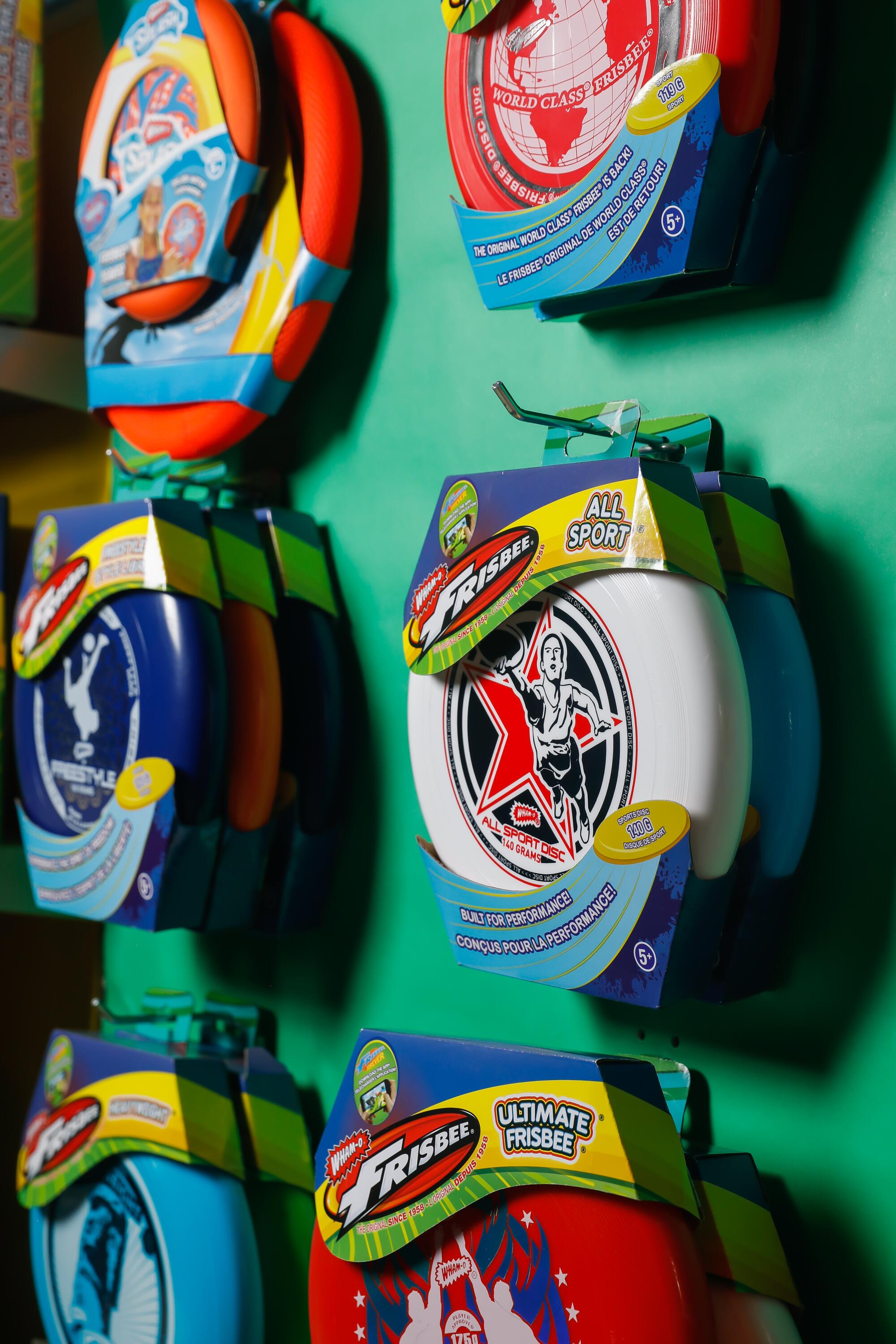
Wham-O was an early entrant in an important segment of Southern California’s economy.
Toy makers, wholesalers, distributors and retailers employ more than 40,000 people in California, according to the Toy Assn. trade group, with a large concentration in the Los Angeles area.
Best known is Mattel, the maker of Barbie and Hot Wheels, in El Segundo. But there’s also MGA Entertainment, maker of Bratz dolls, in Van Nuys and Jakks Pacific, maker of Pokemon and Hello Kitty products, in Malibu, among others.
These are good times for the toy industry. Nationwide, toys racked up $29.2 billion in sales last year, nearly reaching the 2021 record, said Juli Lennett, vice president for the research firm NPD Group’s toys practice. Many of those toys were designed domestically, she said.
Wham-O’s mixture of new with nostalgia “could be a really smart move in today’s climate,” said Laurie Schacht, chief executive of the Toy Book, the toy industry’s leading trade publication.
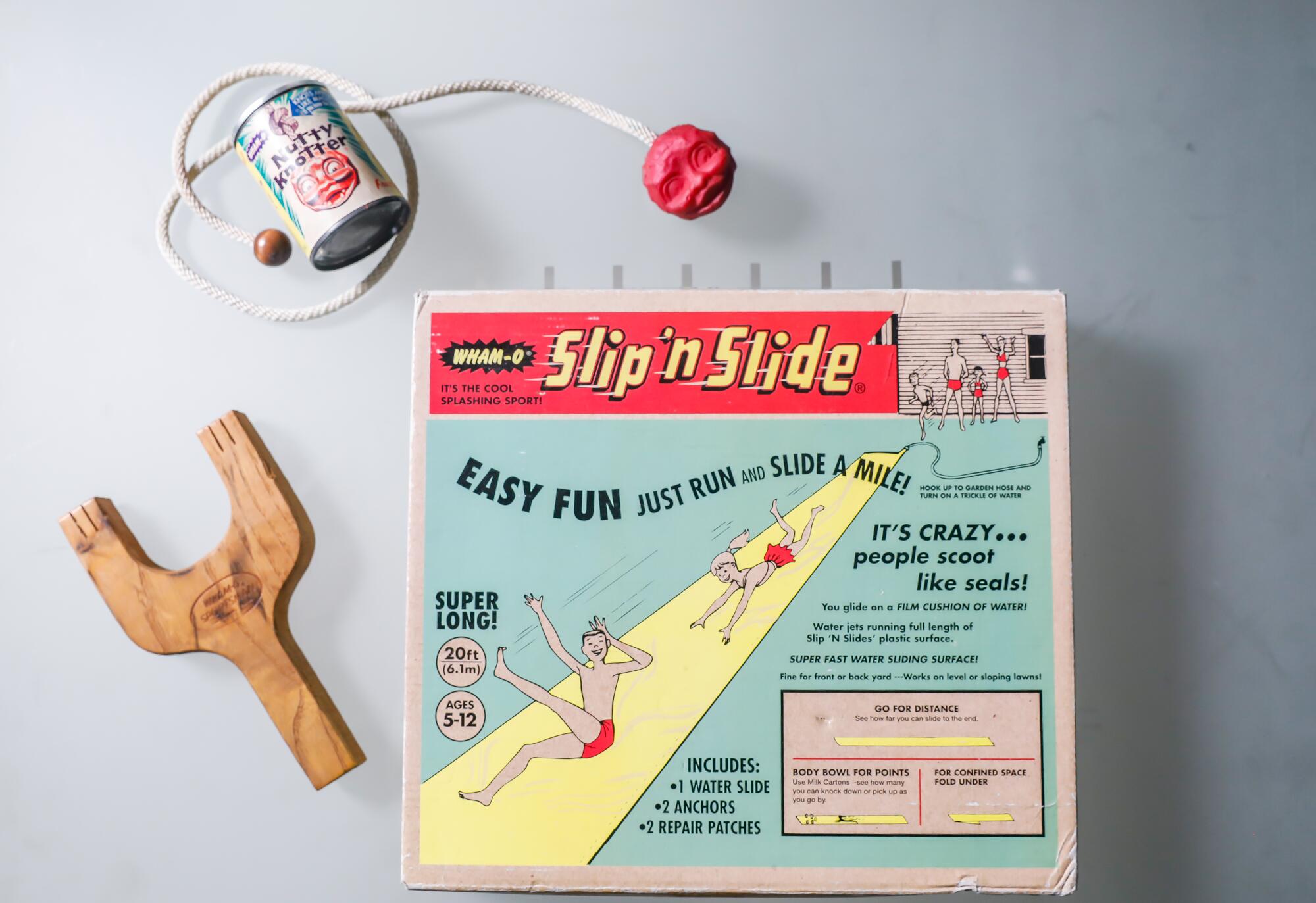
“What we have seen since the pandemic really is adults getting back into play, playing with their kids and with their friends,” Schacht said.
Starting in 1982, Wham-O’s ownership began to bounce around like one of its Super Balls. The company was bought by Kransco Group, which was purchased by Mattel in 1994. In 1997, Mattel sold sports toy lines — including Wham-O’s Frisbee, Hula Hoop and Hacky Sack — to a private investor.
During this last phase of U.S. ownership, Richards came into the picture again, running the sales department from 2001 to 2006. He was part of a tightknit leadership group of Wham-O believers who had grown up with and loved the company’s products. But that came to an end when Wham-O was bought by a Chinese company, Cornerstone Overseas Investment Ltd., in 2006. U.S. staff cuts were severe.
“They eliminated the product development team. They eliminated the design team. And when I was tasked with eliminating the marketing team, I knew it was never going to be the same,” Richards said.
Chinese and California partners bought the rights to Wham-O in 2016. Stallion Sport Ltd., a privately held, Hong Kong-based manufacturer and distributor, and InterSport Corp., a privately held, Carson-based company, enticed Richards back to rebuild Wham-O’s sales, marketing, design and distribution arm in the Americas.
Richards said Wham-O has gotten back to about 45% of the sales it was doing before Cornerstone bought the company, although he declined to provide revenue figures. Wham-O employs about 50 people at its Carson offices and warehouse. Products are manufactured in Asia.
“Our bestseller ever for sure is our Ultimate Frisbee,” he said. “Our Wave Rider Slip ‘N Slide? We sell every piece we make. Our classic Hula Hoop? Again, every one we make is sold.
“We talk about this all of the time,” Richards said. “Knerr and Melin had this kind of magic, the two of them working together.
“We want to bring some of that magic back.”
More to Read
Inside the business of entertainment
The Wide Shot brings you news, analysis and insights on everything from streaming wars to production — and what it all means for the future.
You may occasionally receive promotional content from the Los Angeles Times.



